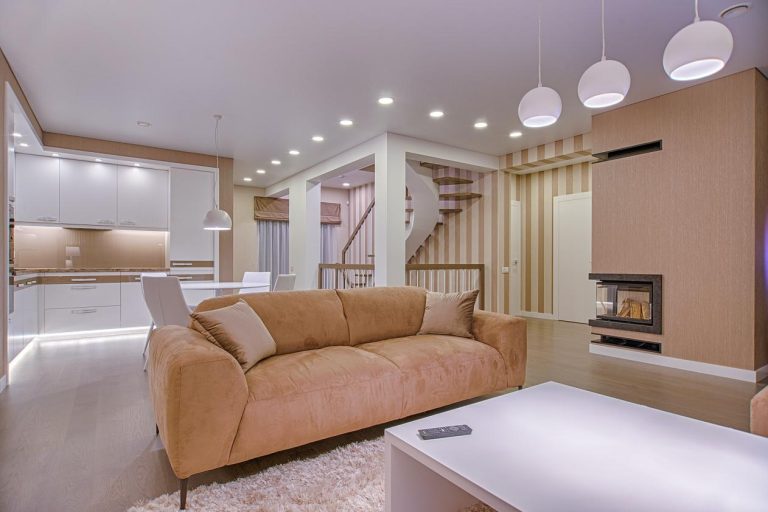Creating a beautiful and functional living space is an art that requires careful planning and attention to detail. Furniture placement is a critical component of interior design, and it can greatly affect the look and feel of your home. This article will explore dining room furniture, living room furniture, and home office furniture placement tips that will help you create a space that is both stylish and practical.
Dining Room Furniture Placement Tips
The dining room is one of the most important areas of the home, where families gather to eat and entertain. When planning the placement of your dining room furniture, it is essential to consider the size of your dining table.
You’ll want to choose a table that fits comfortably in your dining room, with enough space for guests to move around it. A good rule of thumb is to leave at least 36 inches between the edge of the table and the wall or other furniture.
Next, think about how to arrange your dining chairs for optimal comfort and accessibility. Consider the size of your dining room and the number of chairs you’ll need to accommodate your family and guests. Make sure there is enough space between chairs for people to move around easily, and don’t forget to leave space at the ends of the table for people to sit.
Lighting is also an essential consideration in dining room furniture placement. A chandelier or pendant light is an excellent option for providing ample light and creating a focal point in the room. When choosing your lighting fixture, make sure it is the right size for your table and complements your overall decor. Additionally, adding dimmer switches to your lighting fixtures can help create a warm and inviting ambiance.
Living Room Furniture Placement Tips
The living room is typically the central gathering space in the home, so it’s essential to place your furniture in a way that encourages conversation and relaxation. Start by creating a focal point in the room, such as a fireplace or a large piece of artwork. Arrange your furniture around this focal point, making sure to leave enough space for people to move around comfortably.
When it comes to living room furniture placement, balance is key. You’ll want to mix large and small furniture pieces to create visual interest and prevent the room from feeling cluttered. Make sure your furniture is arranged in a way that encourages conversation and socializing, with comfortable seating options for everyone. Additionally, adding rugs and throw pillows can help tie the room together and create a cozy atmosphere.
Home Office Furniture Placement Tips
With more people working remotely, home offices have become increasingly important in modern homes. When planning your home office furniture placement, start by choosing a location that is quiet and away from distractions. Make sure there is plenty of natural light, and consider adding a desk lamp for additional task lighting.
When arranging your furniture, place your desk near an electrical outlet for easy access to power sources. Make sure your desk is the right size for your space, with enough room for your computer, paperwork, and any other tools you may need. Additionally, adding storage options such as bookcases or filing cabinets to keep your office organized and clutter-free is important for productivity.
Multi-functional Spaces
In today’s modern homes, it’s not uncommon for rooms to have multiple functions. For example, your living room may also serve as a home office or a playroom for your children. When designing these multi-functional spaces, it’s important to consider the furniture placement to maximize functionality.
One way to achieve this is by using furniture that can serve multiple purposes, such as a sofa bed or an ottoman with hidden storage. Additionally, using room dividers such as bookshelves or curtains can help create separate zones for different activities within the same space.
Another important consideration for multi-functional spaces is lighting. Using task lighting, such as a desk lamp or a floor lamp, can help create distinct areas for different activities. Additionally,using dimmer switches can help you adjust the lighting according to your needs and create different moods in the room.
Conclusion
Furniture placement is an essential part of creating a beautiful and functional living space. Whether you’re designing your dining room, living room, or home office, it’s important to consider the size of your furniture, the layout of the room, and the functionality of each space.
By following these furniture placement tips, you can create a comfortable and inviting space that meets all your needs. Remember to always experiment and have fun with your furniture placement, as it’s the key to creating a space that reflects your personal style and taste.

